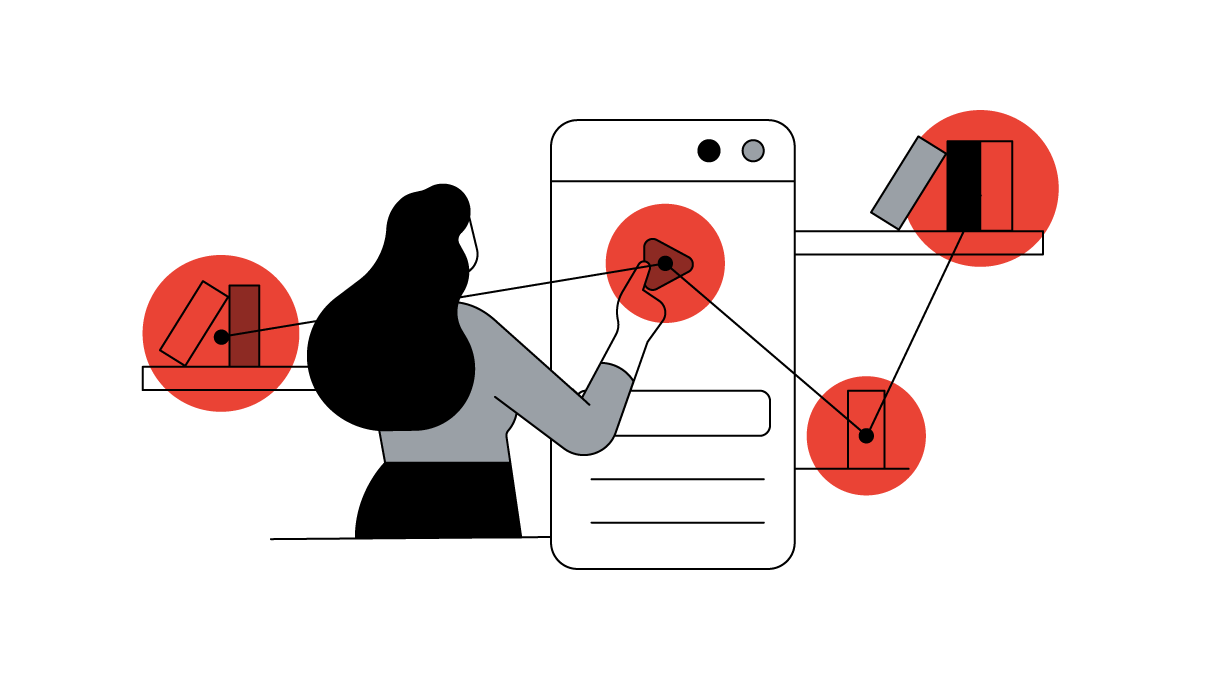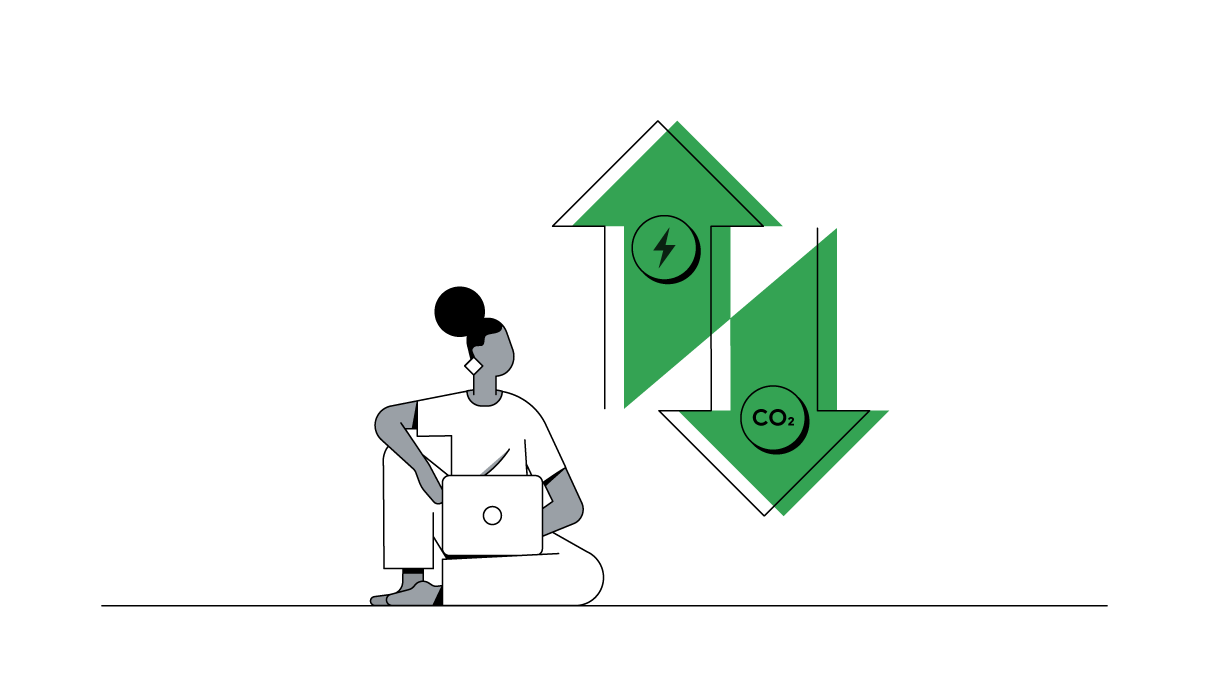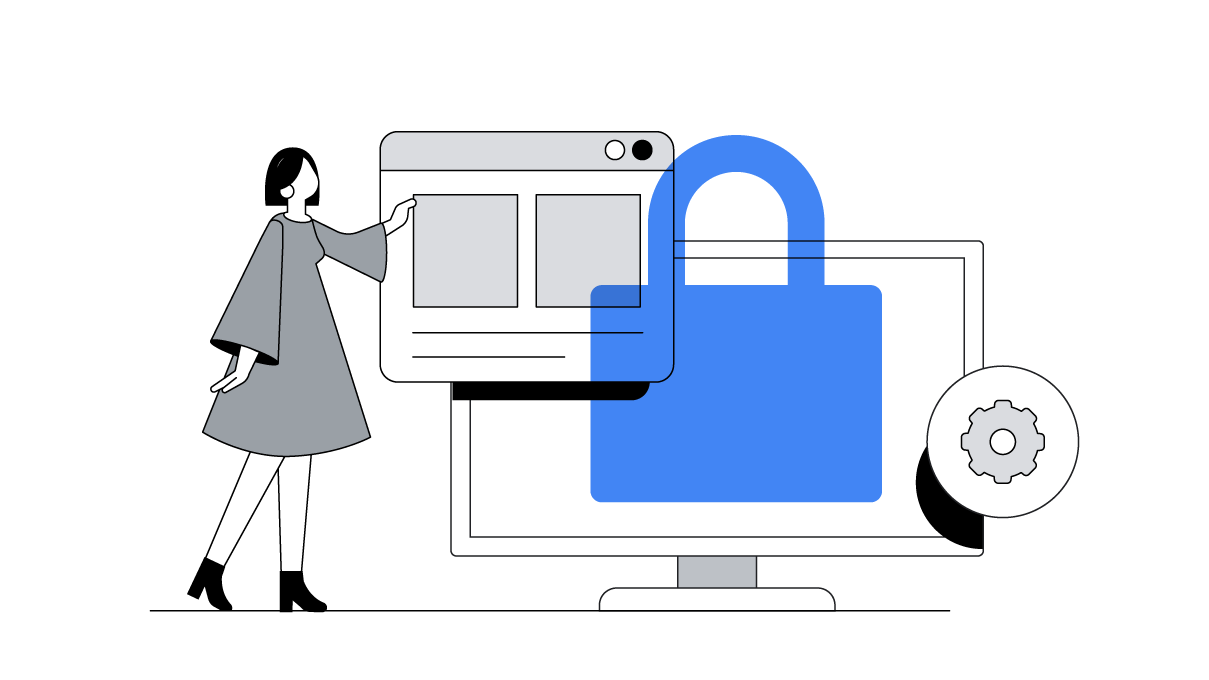More than 75% of U.S. consumers have tried new ways of shopping during the COVID-19 pandemic and intend to stick with them for the long term, according to a McKinsey study. The health crisis has accelerated the ongoing move toward online shopping methods, but which will stick and which will revert? How do we know what’s next? Marketers everywhere are asking these questions and the honest answer is simply, “We don’t know.”

While successful marketers understand what matters to their customers, attempting to predict the future is a risky business. Amid all the turmoil of 2020, there’s broad acknowledgment that companies need to rethink not only how they market their product offerings, but how they develop, distribute, and design them.
Instead of trying to predict the next trend, the best marketers are rethinking how they can be ready for whatever comes next. They’re figuring out how to digitally transform their organizations responsibly. They’re using data and consumer signals to distill actionable insights in a privacy-safe way, deploying automated tools that can respond to dynamic behavior in real time, and building a culture of agility and resilience in the face of change.
These adjustments don’t need to be radical, just radically responsive. For example, one financial services company discovered the opportunity in repositioning, rather than revolutionizing, their offering. By combining analysis of its own customer activity with aggregated credit card-related search data, the company was able to identify mounting caution and trepidation from customers during the pandemic.
These adjustments don’t need to be radical, just radically responsive.
The brand team realized people were less interested in accessing more credit and were instead searching for ways to consolidate existing debt. The company switched its messaging to highlight the benefits of its balance-transfer offering and showcase its competitive rates, resulting in higher scores for customer satisfaction and a spike in the number of new credit card sign-ups.
The German e-commerce company Otto used a similar approach to ready its response to uneven shifts in consumer demands during the pandemic. “We shifted our focus within the COVID-19 phase toward products that ease and improve the daily routines of our customers, while working, working out, or relaxing at home,” said Melanie Schlegel, head of paid search at Otto.
By automating the management of its search bids across all their offerings, Otto was able to switch and prioritize categories as diverse as beauty and DIY.
Uncertainty in consumer confidence adds further complication for businesses that make purchasing decisions far in advance. At the start of the crisis, the challenge for travel operator Sandals was understanding what demand would exist for summer vacations. Sandals combined search and Google’s Hotel Ads data with its own analytics. They were able to identify trends among early bookers and use a series of automated “test and iterate” experiments to find the right points in the consumer journey to drive high-value bookings.
When used strategically and responsibly, the signals available to marketers can help fill in the gaps of traditional market intelligence or even in an organization’s own supply chain. At the outset of COVID-19, a major drink and snack maker found pandemic-induced constraints on production capacity were worsened by unavailable or unreliable demand signals that normally came from shipment and consumption data.
Uncertainty in consumer confidence adds further complication for businesses that make purchasing decisions far in advance.
Eager for insights to inform not just its marketing but the entire business, the company partnered with Google to create a dashboard that helped it understand consumer demand for its top product categories, including terms such as “pantry loading” that indicated upcoming shopping behavior. The insights were so fresh and relevant that the company used them to drive production and distribution decisions across six separate, billion-dollar brands and scaled the approach globally.
Marketers who focus on surfacing powerful insights into what matters to consumers right now will build the organizational muscles to be ready for whatever tomorrow brings. Through digital transformation, the best marketers will drive growth not just in their own departments but across their entire organizations, including their partners in operations, finance, and product.







